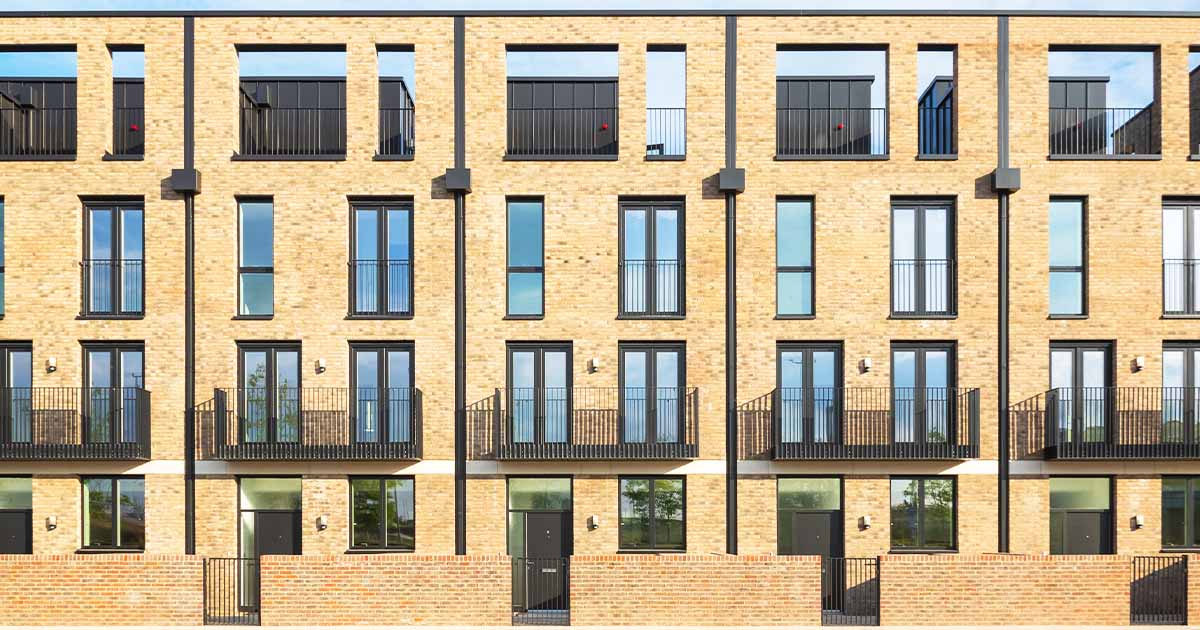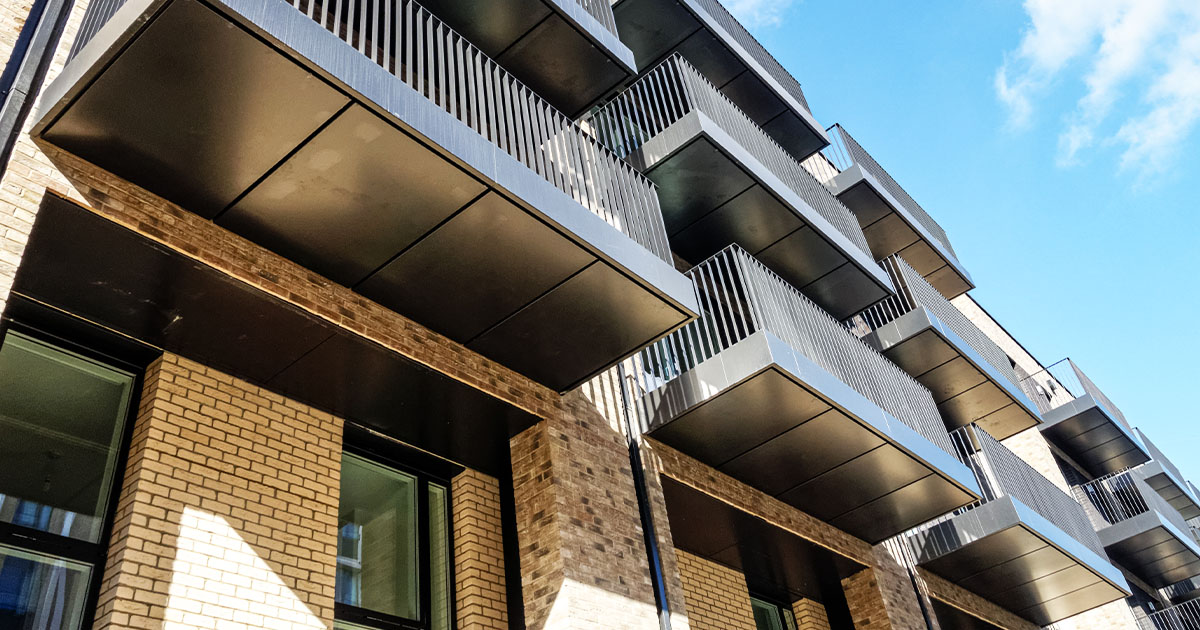Residential property
We strive to provide an integrated service
The Residential Property team’s passion is to guide and enable you to navigate the legal practicalities of buying, selling, financing, and managing your property.
At Forsters we strive to provide an integrated service, with a firmwide team who can act on the full range of matters experienced during a property’s lifecycle. Our focus is to ensure that you feel supported, and that the value of your asset is fully protected.
Your requirements will be placed front and centre, and we will ensure that you are provided with a client focused approach. Our understanding of the dynamics of the market and expertise in all residential property matters places us in the best position to navigate and resolve any problems which you may face, enabling you to move forward efficiently and achieve your objectives.
From city to country
Helping you navigate the perks and quirks of buying a home.
There are numerous legal peculiarities to be aware of when purchasing a property in England and Wales.
Read our featureTrack record
The team can advise on:
-
Purchases and sales
-
Lease extensions
-
Investment properties
-
Landlord and tenant matters
-
Tenancy agreements and leases
-
Development title structuring
-
Licences for alterations
-
Off plan and new builds
-
Mortgages and refinancing
-
Mixed use buildings
-
Leasehold enfranchisement
-
Garden squares




























